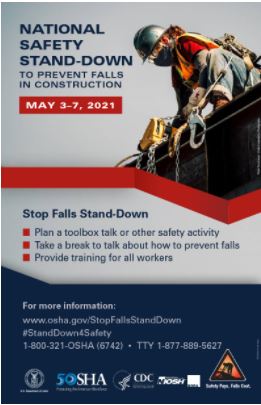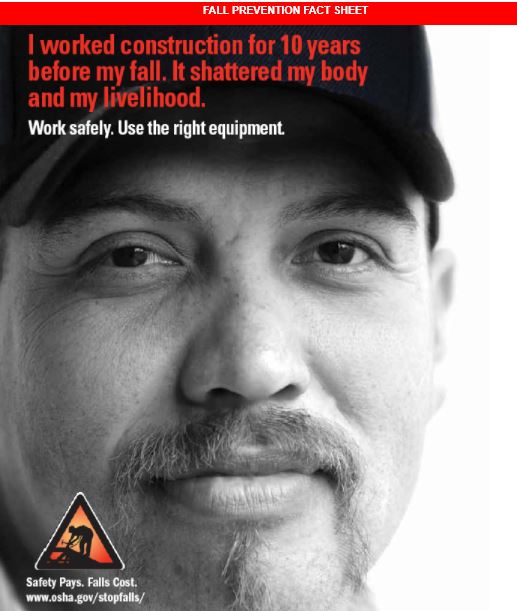National Safety Stand-Down to Prevent Falls in Construction Kicks Off Today
 The annual Safety Stand-Down to Prevent Falls in Construction started Today and will last all week-long.
The annual Safety Stand-Down to Prevent Falls in Construction started Today and will last all week-long.
In 2019, among the 1,061 construction workers fatalities recorded in the US by the Bureau of Labor and Statistics, 401 of them were caused by falls. Most of these accidents could have been prevented if adequate safety measures were in place. Many fall fatalities could be avoided by following these 5 basic rules:
- Always use fall protection if you are working at 6 feet or more
 New York Personal Injury Attorneys Blog
New York Personal Injury Attorneys Blog












